March 11, 2021: How Scottish Gaelic language is helping protect Scotland’s seas, Beached whales are a lure for hungry sharks, Australian government approves coal mine 10 km from Great Barrier Reef and more…
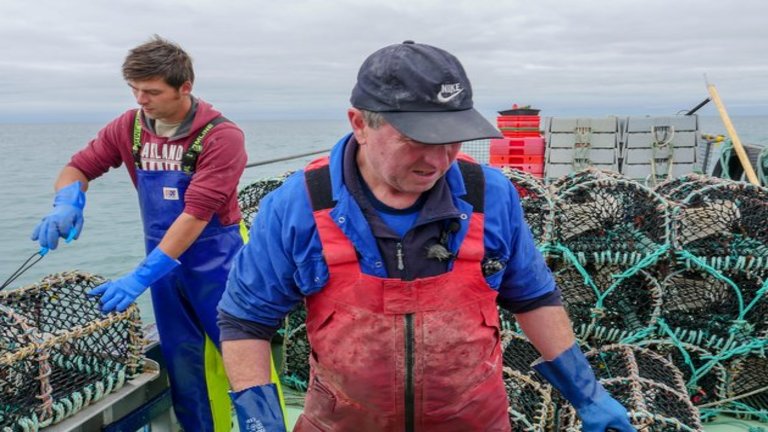
1. How Scottish Gaelic Language is Helping Protect Scotland’s Seas
In Scotland’s Outer Hebrides – a sparsely populated island chain off the west coast – 75% of fishermen in there are Gaelic speakers, higher than 60% on the mainland. Fishing skill, like the language, is passed down through generations. A wealth of knowledge about the creatures which populate these fishing grounds is also encoded within the Gaelic language. The knowledge of fishermen here encompasses not only the species they target – such as lobsters, prawns, and crabs – but the marine environment in general and the culturally-embedded knowledge reveals a centuries-old commitment to sustainability in how fishermen approach lobster spawning sites. The debates following the Brexit negotiations over who controls Scotland’s waters threaten this culturally-hewn balance. It’s imperative the enduring value of language and culture on these islands is taken into account.
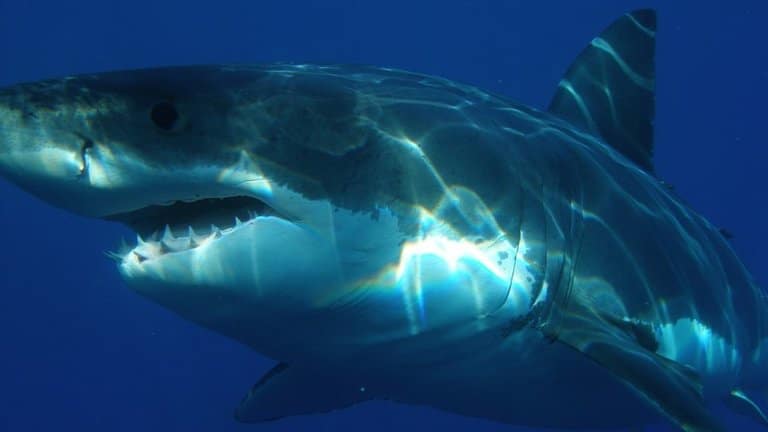
2. Beached Whales are a Lure for Hungry Sharks
While it seems obvious that swimming in a cesspool of rotting whale flesh is a bad idea, researchers discovered another reason why you wouldn’t want to: great white sharks are attracted to the gory mess, and act erratically in its vicinity. The insight that great white sharks behave differently near the rot of a beached whale is valuable information for conservationists, tour operators, and others concerned with the well-being of sharks and people. Using drones, the scientists closely followed the sharks off the coast of Australia, and tracked 55 sharks in the water adjacent to whale carcasses, and compared their behavior to sharks with no dead whales around. The research showed that there is an appreciable change in the behavior of great white sharks when a beached whale carcass is nearby.
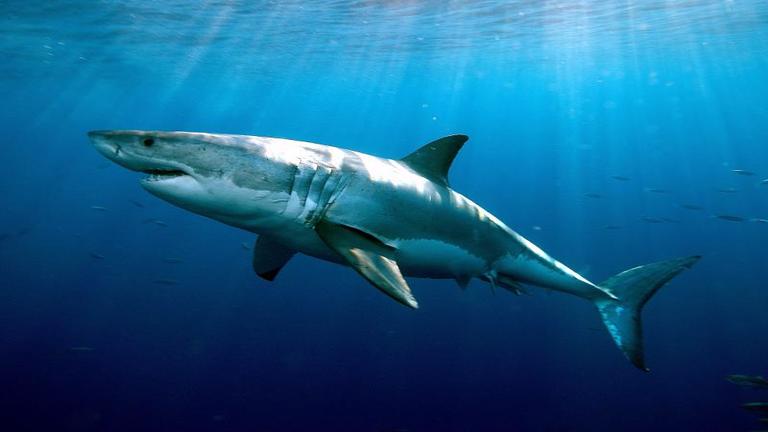
3. Recovery of Seals in the Gulf of Maine are Bringing Back White Shark Populations
White sharks have been returning to the Gulf of Maine in greater numbers in response to the regional recovery of seal populations. In 2020, Maine experienced its first fatal shark attack. For more than a decade, the MA Division of Marine Fisheries have been studying the ecology, behavior, and natural history of white sharks off the east coast of the US. Using state-of-the-art tagging technology, the focus is to gain better understanding of where, when, and how white sharks hunt their prey. On March 17, Dr. Greg Skomal, scientist with MA Division of Marine Fisheries, will present a virtual talk on living with white sharks. “ It will highlight this research as we attempt to develop a science-based strategy for mitigating potential shark and human conflicts,” said Friends of Maine Coastal Islands National Wildlife Refuge.
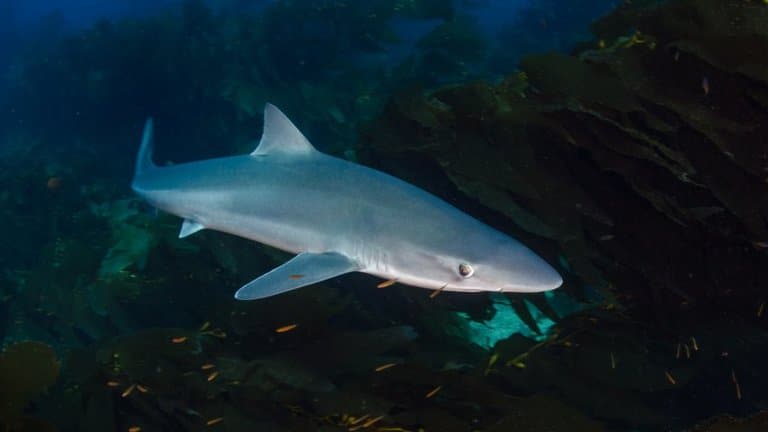
4. Soupfin Sharks Returns to San Diego Every Three Years – San Diego Study Reveals
A seven-year study of California’s soupfin sharks has revealed the first conclusive case in the animal kingdom of triennial philopatry, meaning the sharks return to the same location every three years. Data from 34 female soupfin sharks tagged with acoustic transmitters, Scripps Institution of Oceanography researcher and UC San Diego professor Andrew Nosal discovered that the sharks exhibit a triennial migratory cycle, returning to the tagging site off La Jolla every three years. “During the first three years of tagging, none of the sharks returned,” Nosal said. “We figured the sharks were simply wide-ranging. “Then, in the fourth year, we detected sharks tagged in the first year, and in the fifth year detected sharks tagged in the second year.” The study sheds light and lays the groundwork for strategies amid conservation concerns.
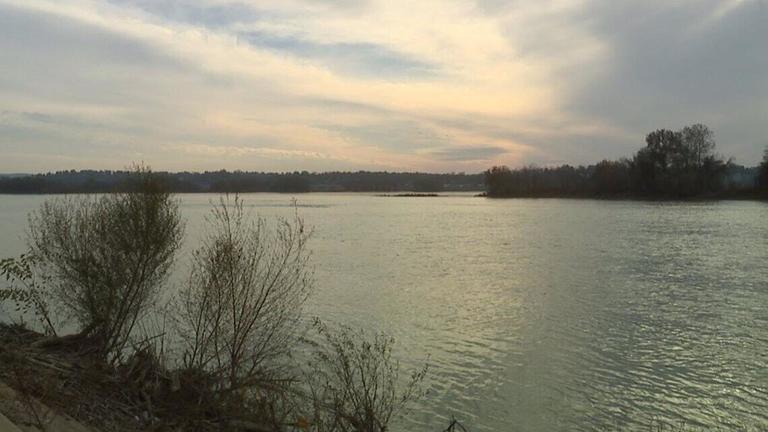
5. Microplastics in all Pennsylvania Waterways
A new study by the PennEnvironment Research & Policy Center found that all 53 of waterways tested across Pennsylvania contained microplastic contamination, including the Susquehanna River, Codorus Creek, and Conodoguinet Creek. “The results of this study should set off alarms for all Pennsylvanians who love our state’s rivers and streams,” said Faran Savitz, Conservation Associate at the PennEnvironment Research & Policy Center. “The staggering amount of microplastics we found likely means that no river, lake, or stream is safe from this increasingly common contaminant.” “PennEnvironment’s push to reduce and eliminate single-use plastic and microplastic use. Items like styrofoam containers, plastic bags, and other single-use plastic objects routinely end up in landfills and incinerators where they deteriorate our environment and exacerbate public health problems,” said Scanlon.
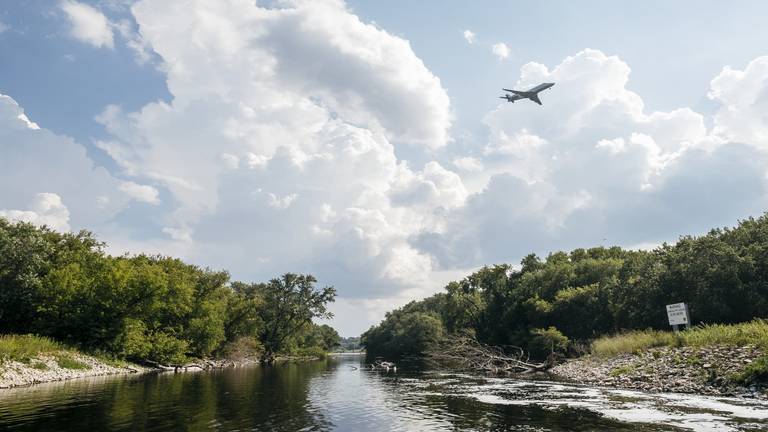
6. ‘Citizen scientists’ of Mississippi River Help Determine Types and Locations of Litter Found
Cities along the Mississippi River will take part in a global system to determine where plastic pollution comes from and how it ends up in waterways as a first step toward solving the problem. The project enables “citizen scientists” using a mobile application to log types and locations of litter found along the river, which drains 40 percent of the continental U.S. and sends huge volumes of plastics into the Gulf of Mexico. Much of it reaches the river through municipal storm drains and tributary streams. The data will be entered on a virtual map that will provide experts and policymakers with information about plastic waste concentrations in particular areas and their sources. The free mobile app shows how to gather and submit it to the global database called Debris Tracker.
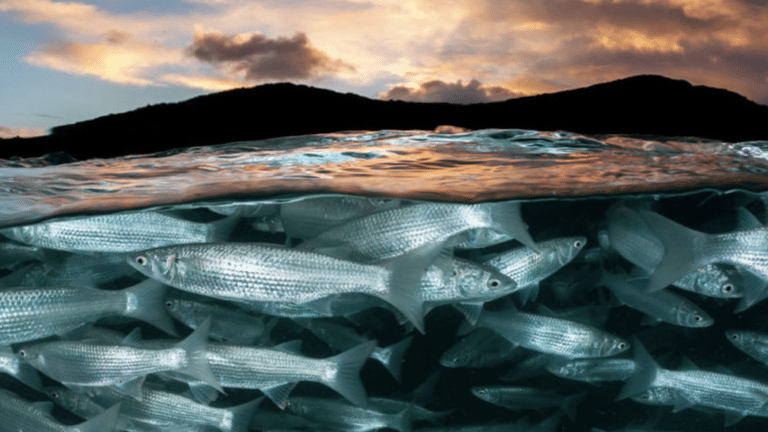
7. The Pledge to Protect 30 Percent of the Oceans by 2030 Requires Advanced Technology
A growing number of countries due to meet at the conference of the Convention on Biological Diversity (CBD) later this year have pledged to protect and conserve at least 30 percent of the ocean by 2030. With those commitments, how do we manage vast areas of ocean to ensure they are providing the protection and restoration so desperately needed for our future? Securing such a vast area requires new cutting-edge technology. Luckily, this field has been developing fast: from hand-held devices for recording coral reef data, to satellite remote sensing of illegal fishing. As we work to achieve sustainable seas, protect nature, reverse biodiversity loss, and reduce the threat of climate change, we must up our game using all the tools available to us. Those tools will include new, advanced technology.
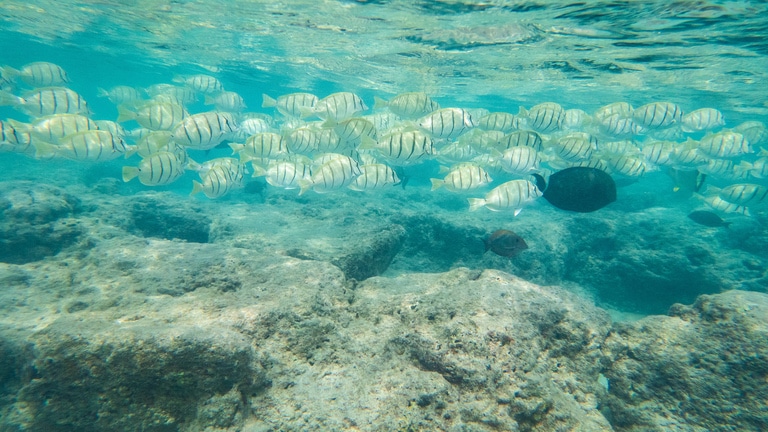
8. Hawaii’s island of Oahu Necessitates Protection of Herbivorous Reef Fishes
There are over twenty species of herbivorous fishes and ten species of herbivorous urchins commonly observed on Hawaiian reefs. These species eat algae that grows on reefs, a process called herbivory, that contributes to the resilience of coral reefs by preventing algae dominance that can lead to overgrowth of corals. Marine protected areas (MPAs) around Oahu don’t adequately protect populations of herbivorous reef fishes that eat algae on coral reefs. That is the primary conclusion of a study published in Coral Reefs by researchers from the University of Hawaii at Mānoa School of Ocean and Earth Science and Technology (SOEST). Researchers found that of the four marine protected areas around Oahu, three did not provide biologically significant benefits for herbivorous fish populations compared to reefs outside the areas.
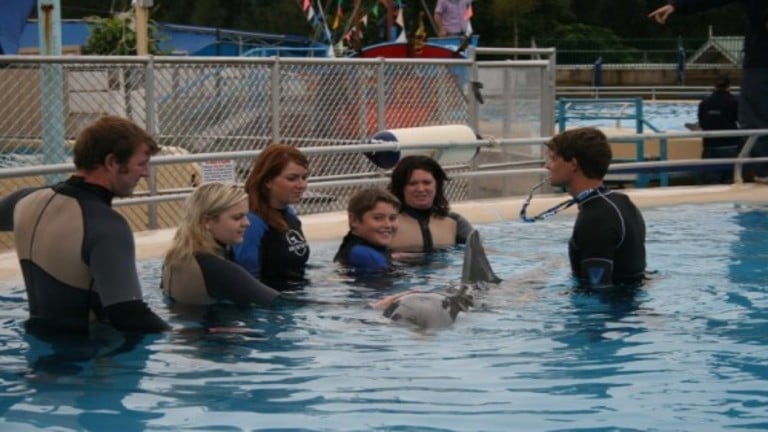
9. Captive Dolphin Breeding – Australia’s Coffs Harbour Marine Conservation Supports Ban
Following the move by the NSW Government to halt the breeding or importation of dolphins and other marine mammals, the Dolphin Marine Conservation Park in Coffs Harbour has expressed its support for the update to the state’s Biodiversity Conservation Act. The Dolphin Marine Conservation Park having actively participated in the Parliamentary Inquiry that resulted in this amendment, Park Managing Director, Terry Goodall supports, stating “as an organisation we have publicly stated that we do not intend to breed dolphins (and) have not bred dolphins for many years. Dolphin Marine Conservation Park is opposed to the removal of Cetacea from the wild for the express purpose of exhibition and/or breeding. This has been law in Australia since 1999 so Australia leads the world in this respect.
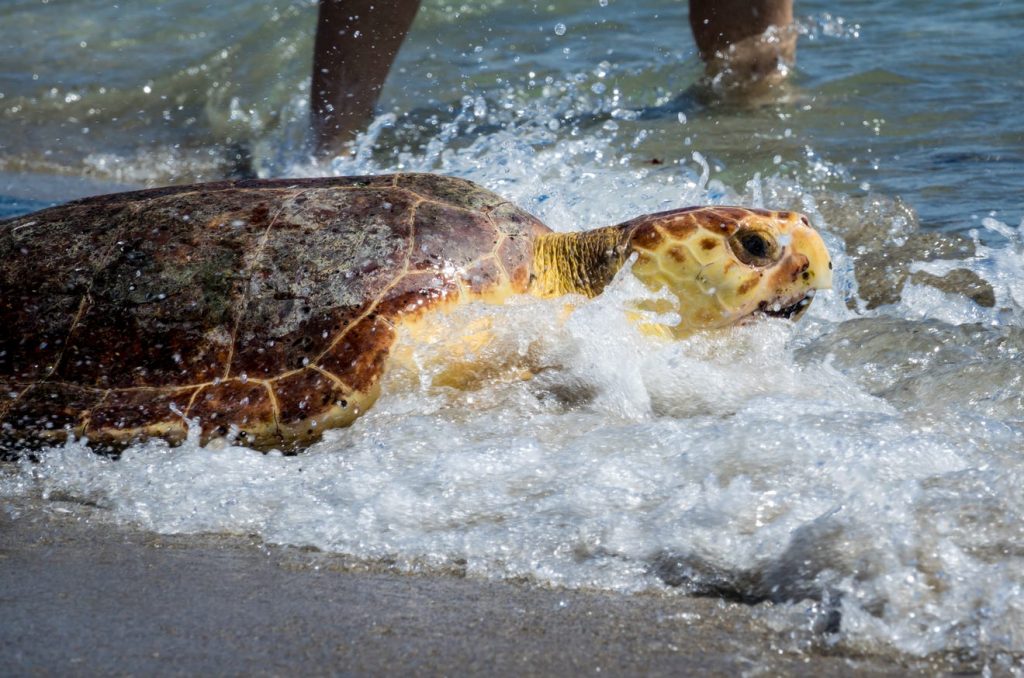
10. Florida Animal Tourism Yields to ‘New Florida’ Enlightened Conservation Centers
Miami boasts a world-class performing arts center, two new national parks, stadiums, top-notch music festivals, and internationally renowned art exhibits. It was a different tourism in the old Florida years and in sales pitch, too. For example, the state welcomed a new lure, Lolita the killer whale, for the 22 million people expected to visit and spend $5.5 billion. The captive orca immediately thrilled audiences with acrobatic stunts and jumps at the Miami Seaquarium. In recent years, however, Lolita’s captivity has been a polarizing presence. Even interest in horse racing, a staple past time for decades, has been on the decline for many years. Kim Kelly of the Animal Legal Defense Fund, which helped back the greyhound constitutional ban, said conscientious Florida voters are the ones driving protections for performing animals.
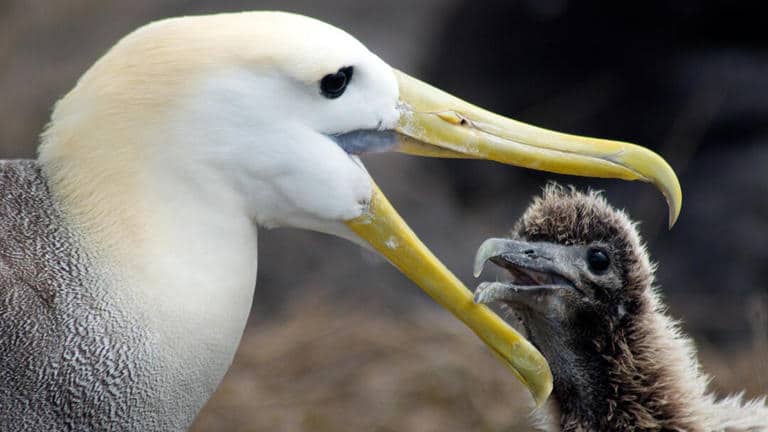
11. New Study Examines Global Political Responsibility in Migrations of Albatrosses and Large Petrels
When migratory marine species cross political borders and enter the high seas, the lack of an effective global management framework for biodiversity leaves them vulnerable to threats. New study examines 10,108 tracks from 5775 individual birds at 87 sites with data on breeding population sizes to estimate the relative year-round importance of national jurisdictions and high seas areas for 39 species of albatrosses and large petrels. Populations from every country made extensive use of the high seas, indicating the stake each country has in the management of biodiversity in international waters. We quantified the links among national populations of these threatened seabirds and the regional fisheries management organizations which regulate fishing in the high seas. This work makes explicit the relative responsibilities that each country has for the management of shared biodiversity.
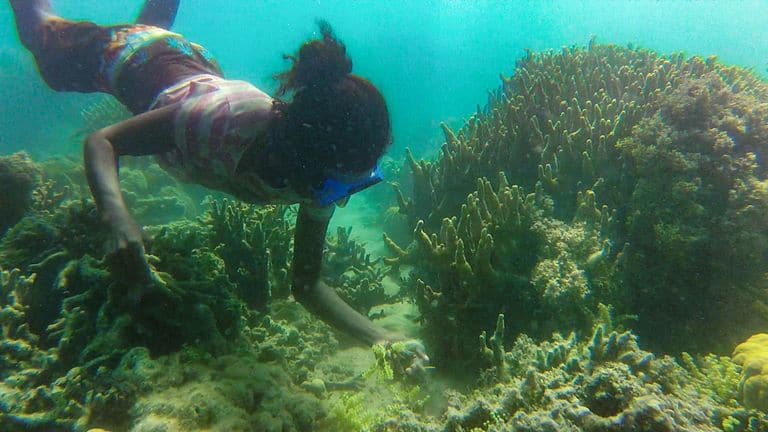
12. Overharvesting of Sea Grapes in Solomon Islands – Local Management Required
According to the World Wide Fund for Nature Pacific Solomon Islands, sea grapes had been mismanaged and overharvested due to a lack of an effective local management system — a problem only made worse by climate change as sea grapes are sensitive to temperature changes and water salinity fluctuation. As small island nations in the Pacific, such as the Solomon Islands look to expand protected areas, creating mechanisms for effective community management will be key to ensure future generations can benefit from the ocean too. What has taken place in Saeraghi, Solomon Islands, is part of a regional shift in how marine protected areas are being managed in the Pacific. This means recognizing the importance of livelihoods in establishing sustainable fisheries and the effective management, conservation organizations, and the government.
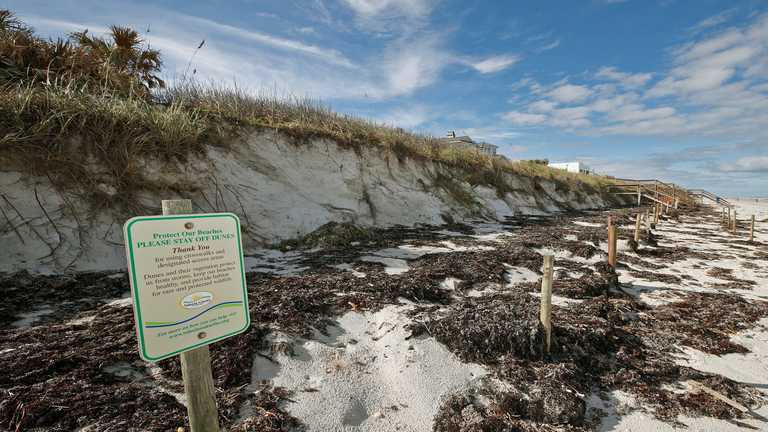
13. Beach Property Owners and Conservationists Clash on Topic of Protective Beachwall Construction
Two of Volusia County’s legislators have filed identical bills that would increase the use of seawalls to protect beach properties from rising seas. Conservationists, though, oppose the legislation, which they believe will severely impact sea turtle nesting. Florida’s state Legislature began meeting in session Tuesday. In an attempt to protect properties from steadily rising sea levels, state Sen. Tom Wright, R-New Smyrna Beach, and Rep. Tom Leek, R-Ormond Beach, filed identical bills, State Bill 1504 and House Bill 1133. Both are titled “Coastal Construction and Preservation.” According to the bills, the Florida Department of Environmental Protection would be required, rather than authorized, to issue permits for “rigid coastal armoring structures,” or seawalls, as long as they meet the qualifications. “As we deal with sea level rise and increase in storms, the laziest thing you can do is to allow people to build sea walls.” Godfrey said. “It doesn’t begin to cover the ideas and approaches we need to ensure that we can still go to the beaches, and that sea turtles can nest.”
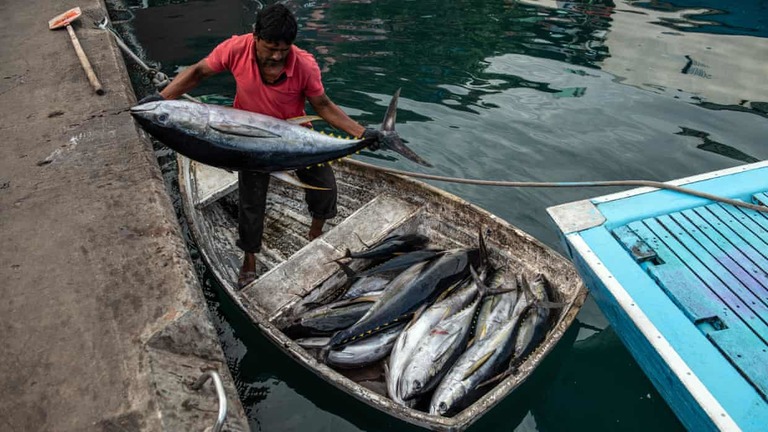
14. EU Being the Biggest Harvester of Yellowfin still Pushing Weakest Conservation Efforts
The EU has been accused of “hypocrisy and neocolonialism” for proposing insufficient measures to tackle overfishing of yellowfin tuna, while being the largest fisher of the species in the Indian Ocean. The yellowfin tuna is one of the ocean’s fastest and strongest predators. Also called ahi tuna, this species is massively overfished in the Indian Ocean – so much so that supermarkets and brands recently took the surprising step of joining scientists and environmental groups to call for tough action to rebuild the $4bn population. Now a row has broken out between the EU and tiny developing coastal states whose economies are directly dependent on the Indian Ocean. A former Seychelles fishery official has accused the EU of “hypocrisy and neocolonialism”, while the Maldives described the EU’s proposals to rebuild yellowfin populations as “woefully inadequate”.
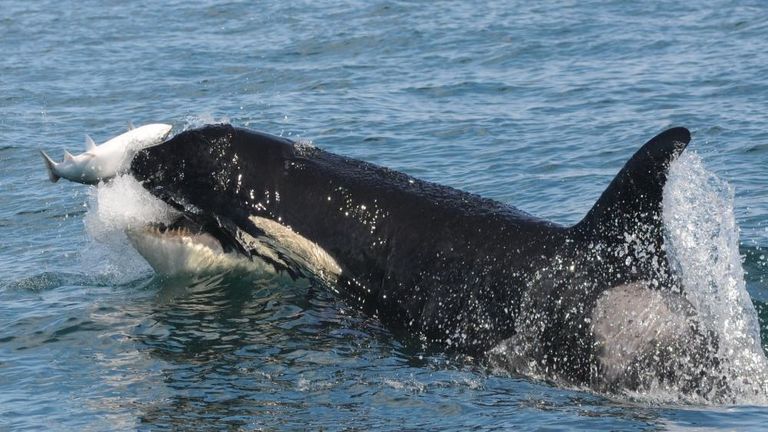
15. Salmon Conservation is Key to Saving Killer Whales
The endangered Southern Resident killer whales in the waters near Washington and British Columbia have stalled in their population recovery, and, according to new research, a major factor limiting their growth is their preference for preying on Chinook salmon. In a study published Wednesday in the journal PLOS One, researchers present new data on environmental stressors facing the orcas and propose investment in the conservation of Chinook salmon to aid in the recovery of the population. One of the known factors inhibiting their growth is a lack of prey, since their main source of food is the protected Chinook salmon. Previous studies have shown that the killer whales mostly consume Chinook salmon during the summer when they are further inland, but outside of that, very little is known about the whales’ feeding needs.
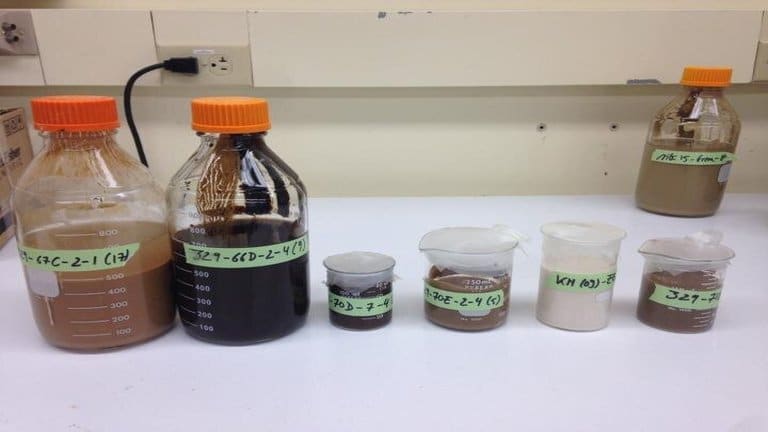
16. Microbes Deep Beneath Seafloor Survive on Byproducts of Radioactive Process
Microbes in sediment below the seafloor are sustained primarily by chemicals created by the natural irradiation of water molecules, report U.S. National Science Foundation-funded researchers at the University of Rhode Island and their collaborators. The team discovered that the creation of these chemicals is amplified by minerals in marine sediment. In contrast to the view that life in sediment is fueled by products of photosynthesis, an ecosystem fueled by irradiation of water begins just meters below the seafloor in much of the open ocean. The process driving the finding is radiolysis of water — the splitting of water molecules into hydrogen and oxidants from being exposed to naturally occurring radiation. Steven D’Hondt, an oceanographer and co-author of the study, said the resulting molecules become the primary source of food and energy for microbes living in sediment.
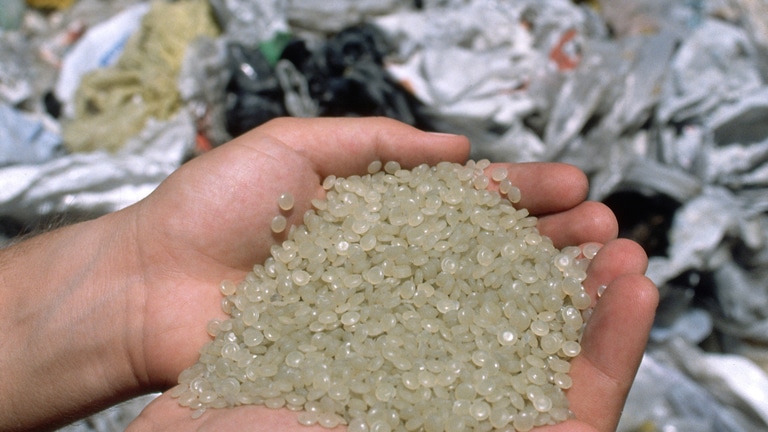
17. Company Accused of Plastic Pollution Agrees to Pay Nonprofits $1M in Settlement
In one of the largest settlements of its kind in recent S.C. history, a company accused by authorities of polluting the ocean with plastic agreed Wednesday to pay $1 million to two Charleston-based environmental nonprofits. While not admitting fault for previous spills, Frontier Logistics, promised to implement necessary upgrades in a new facility to ensure the small pellets it imports, packages and exports from SC don’t escape into the environment. Leaders from the two nonprofits said they were satisfied with the proposed outcome of the lawsuit and hopeful about what the agreement could mean for the ecosystem. The environmental groups believe the promise to heed the expert advice, coupled with Frontier’s financial investment in the local ecosystem, could serve as an example for others using the waterways to do business.
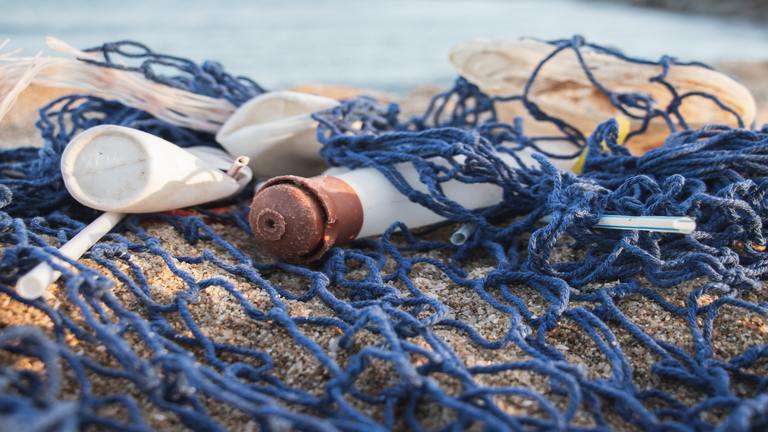
18. Atlantic Packaging Joins the Alliance to End Plastic Waste
Atlantic Packaging is proud to announce that they have joined the Alliance to End Plastic Waste (the Alliance), a non-profit organization committed to ending plastic waste in the environment. In their capacity as an Alliance member, Atlantic will be collaborating with over 80 member companies, project partners and allies around the world to address this global issue. The Alliance’s members represent the full range of the plastic value chain and are united in their drive and vision to end plastic waste in the environment. As a specialist in end-of-line packaging systems and materials Atlantic is connected up and down the supply chain and is well-positioned to help influence change. “Atlantic Packaging is leading the way through transparency and collaboration across the supply chain to create a sustainable future for our planet,” remarks Atlantic Packaging President.
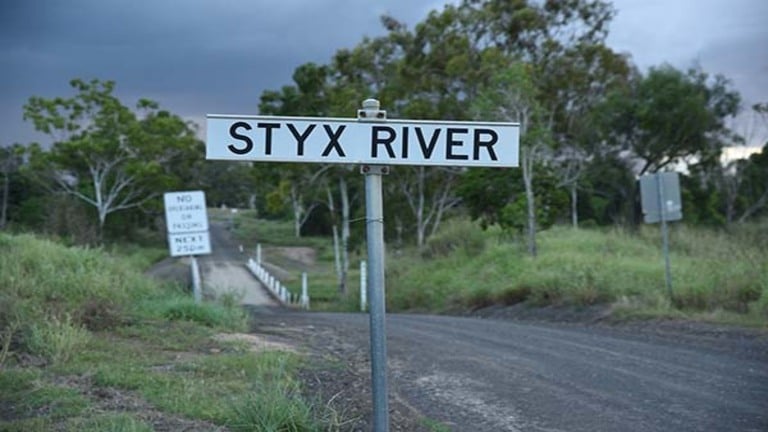
19. Coal Mine 10 Kilometers from Great Barrier Reef Approved by Australian Government
Great Barrier Reef conservationists are urging the Queensland government not to greenlight Clive Palmer’s Central Queensland Coal Pty Ltd proposed mine as Queensland’s environment department announced yesterday it was allowing the plan to move to the next stage of assessments. The mine poses significant risk to surrounding reef ecosystems with no way to offset the damage from mine-polluted water. AMCS Great Barrier Reef campaigner David Cazzulino notes “not only will this mine contribute to the global heating that causes damaging coral bleaching on our Reef, but scientists warn it could also cause irreversible damage to inshore areas of the Great Barrier Reef due to the dirty, polluted waters that may flow from it. For the future of the Great Barrier Reef and all the communities and marine life it sustains, this project must be rejected.”
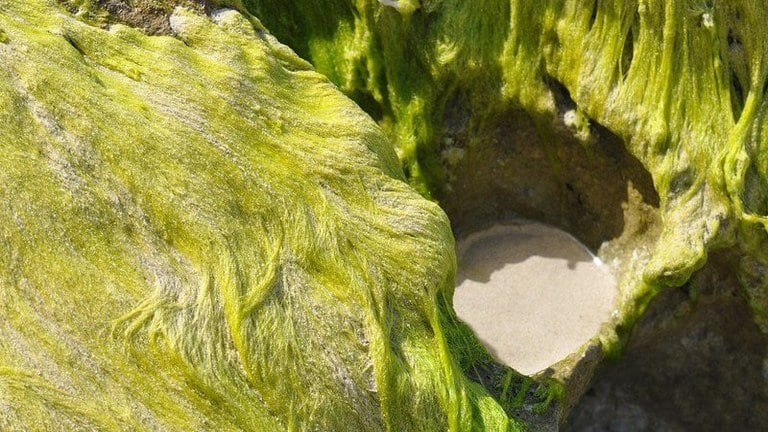
20. Study Finds High Loss of Seagrass in the Waters Surrounding the United Kingdom
Researchers at University College London, Kings College London, and Swansea University found that at least 44% of the UK’s seagrasses have been lost since 1936, of which 39% has been since the 1980s. Seagrasses are essential to mitigate the effects of the climate crisis by storing carbon in marine soils. Healthy seagrasses also support marine biodiversity, including commercially important (such as bass) and charismatic species (such as seahorses), and provide ecosystem services such as nutrient cycling, increasing shoreline stability, and supporting coastal livelihoods. Different human activities, such as industrial, agricultural, and coastal development, have led to worldwide declines but systematic mapping and monitoring of seagrass meadows has encouraged restoration and rehabilitation projects which have the potential to support our bountiful fisheries and help us win the fight against climate change and environmental degradation.
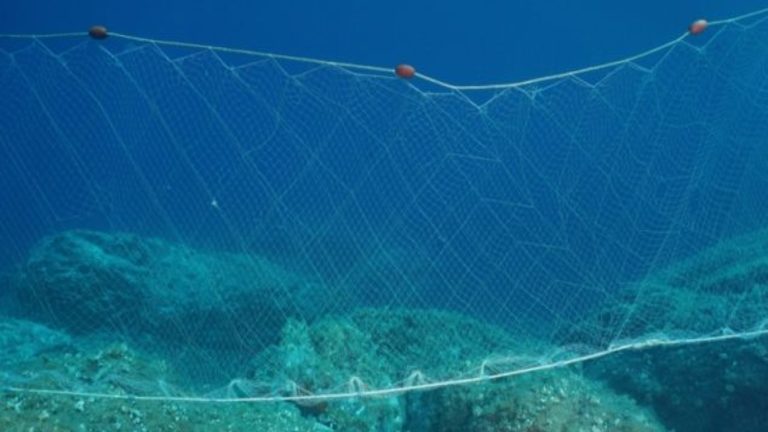
21. U.S. Bill Aims to Eliminate the Use of Mesh Fishnets to Protect Large Marine Species
The Driftnet Modernization and Bycatch Reduction Act, introduced by California Senator Dianne Feinstein and West Virginia Senator Shelley Moore Capito would phase out the use of large mesh driftnets and help the industry transition to more sustainable methods like deep-set buoy gear that uses a hook-and-buoy system. Large mesh drift gillnets are used to catch swordfish and thresher sharks. However, at least 60 other marine species, including whales, dolphins, sea lions, sea turtles, fish and sharks can also become entangled in the large mesh net “walls,” injuring or killing them. Most of these animals, referred to as bycatch, are then discarded. Deep-set buoy gear, which alerts fishermen immediately when a bite is detected, has been proven to catch more swordfish with a significantly lower bycatch rate.
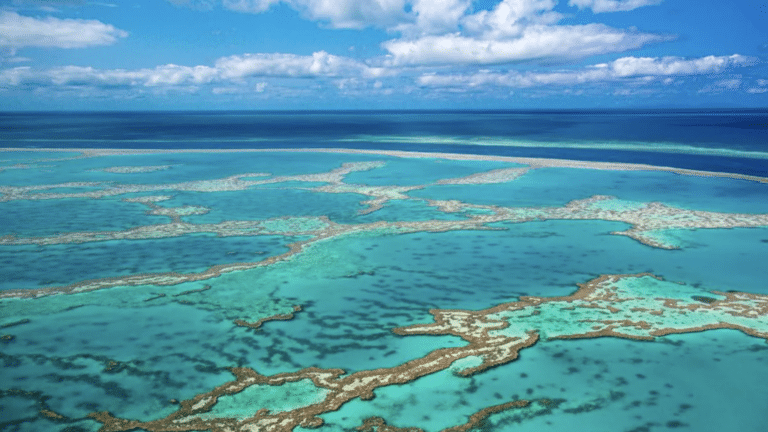
22. Report Finds Australia Contains Largest Amount of Blue Carbon Ecosystems
Highlighting the need to conserve the world’s oceans and coastal ecosystems, UNESCO published the first report of its kind to quantify blue carbon — carbon dioxide removed from the atmosphere from ocean ecosystems. “While they’re healthy, blue carbon ecosystems are excellent stores of carbon dioxide, but if they are damaged, they can release huge amounts of carbon dioxide stored over millennia back into the atmosphere,” report author and ECU research fellow Dr. Oscar Serrano said.These threats include pollution, like plastic litter, and climate change. After being identified as the largest host of blue-carbon ecosystems, the Australian government is leading by example, developing a system to create carbon credits for restoration projects on increasing blue carbon stocks in marine ecosystems.
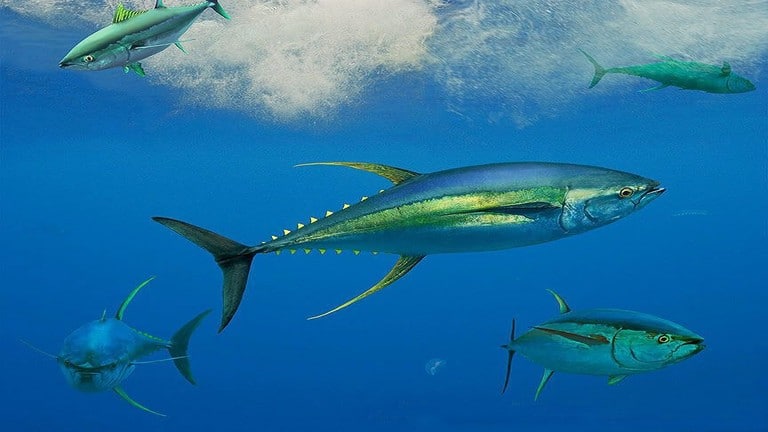
23. Indian Ocean Tuna Commission Urged to Cut Regional Yellowfin Catch by 20 Percent
The Global Tuna Alliance, the Tuna Protection Alliance, and several seafood companies are urging the IOTC – which is responsible for the management of Indian Ocean tuna fisheries – to impose an overall 20 percent cut in regional yellowfin tuna catch compared to 2014 levels to counteract the overfishing jeopardizing the future of the species. Protection groups asked the IOTC to adopt conservation and management techniques used by Kenya and Sri Lanka, which called for improving drifting fish-aggregating devices that harm other species and pollute ecosystems with flotsam. In step with the signatories of the Global Tuna Alliance-led letter, OPAGAC also said it would like to see better enforcement of penalties for noncompliance.The group said coral reefs and other inshore habitats would benefit if the IOTC implemented the CMM proposal.
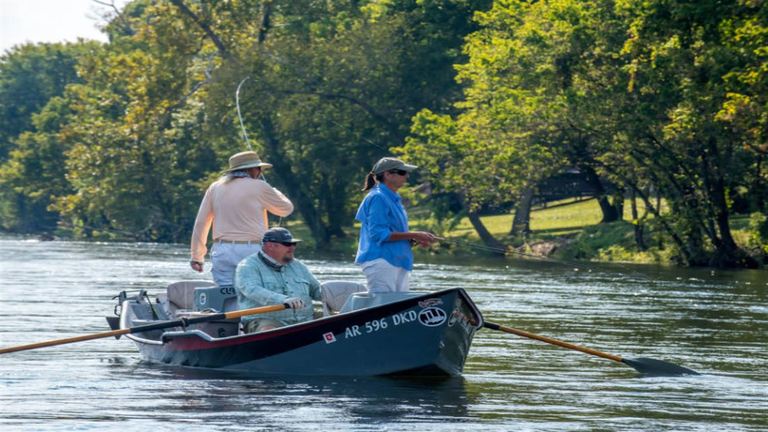
24. Rise in U.S. Sales of Hunting and Fishing Supplies in 2020 Boosted U.S. Conservation Programs
U.S. sales in hunting and fishing supplies helped to fuel an $887 billion outdoor recreation economy, according to the U.S. Fish and Wildlife Service, and increased license revenues boosted conservation programs–among them the Federal Aid in Wildlife Restoration Act of 1937 and the Federal Aid in Sport Fish Restoration Act, which are some the world’s most successful long-term wildlife management conservation programs and have since 1939 generated more than $20 billion for conversation. Increases in user-funded wildlife management revenue generated through pandemic-related outdoor usage have not yet been calculated for all 50 states but wildlife agencies are expecting a pandemic-related bump in two years.
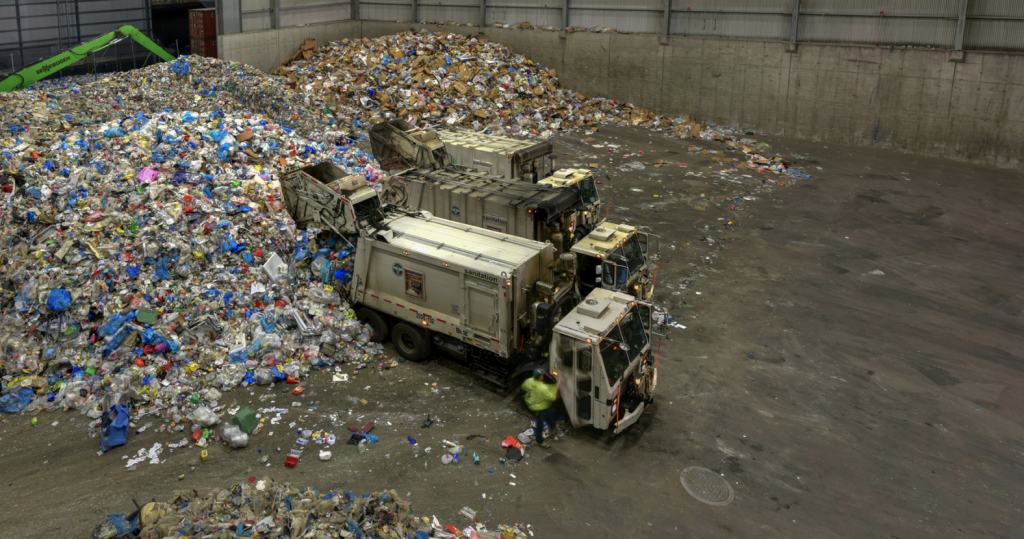
25. Australian Government Releases 15-Page National Plastics Plan for 2021
In March 2020, the Australian Ministry for the Environment convened Australia’s first ever National Plastics Summit, which brought together over 200 leaders and experts from government, industry and community sectors to identify and showcase new ideas and solutions to the country’s plastic waste issue. Their solutions were compiled into the 2021 National Plastics Plan which focuses in 5 areas: 1) working with industry to fast-track the phase-out of particularly problematic plastic materials; 2) stopping the export of unprocessed plastic waste and promoting product stewardship through the Recycling and Waste Reduction Act 2020; 3) unprecedented investments to turbo-charge Australia’s plastic recycling capacity; 4) research to make Australia a global leader in plastic recycling and reprocessing; and 5) community education to help consumers make informed decisions and recycle correctly.
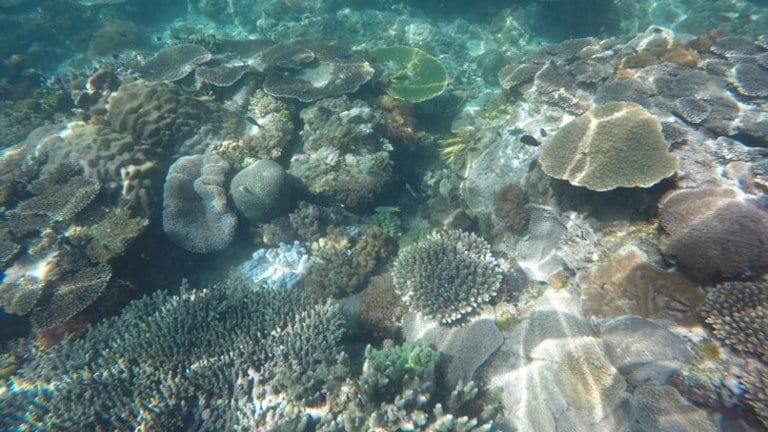
26. African Foundation Announces Marine Conservation Theme for Upcoming General Assembly
The 7th General Assembly of Mozambique’s BIOFUND will take place next June 18, and this year, the theme will be “The Wonders and Challenges of the Largest Marine Conservation Area in the Country “ referring to the country’s Environmental Protection Area of the First and Second Islands Archipelago (APAIPS) a massive land area covering the provinces of Nampula and Zambezi covered in estuarine areas, mangrove forests, coral reefs, fish resources and several endemic species of fauna and flora. Recognizing this value, BIOFUND proposes to hold a dissemination forum that will have the participation of several experts that worked and studied the APAIPS and an exhibition open to the general public.
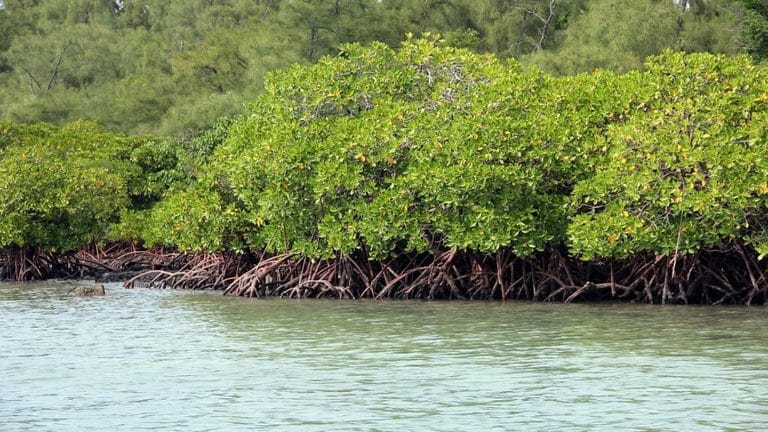
27. East African Mangrove Ecosystem Study Highlights Challenges of Conservation Across Borders
Threatened ecosystems such as intertidal mangrove forests often span political boundaries and require cross-border conservation planning initiatives. Population connectivity is key to establish transboundary collaborative actions. This study assessed genetic diversity and connectivity of mangrove populations in an area between Kenya and Tanzania, where human demography exerts increasing pressure on biodiversity and ecosystem services. Observed patterns of gene flow suggest an effect of large rivers and connections via creeks. Our results indicate that relevance for conservation and management of mangroves areas may remain within a hydrological connectivity context, despite prevailing genetic estimates reflecting historically well-connected mangroves between bays. Results indicated sustainable management depends on considering the populations “complementary and not redundant.” Hence, transboundary regions must primarily adhere to local contemporary conservation and management, and not solely rely on the assumption of strong regional connectivity built historically.
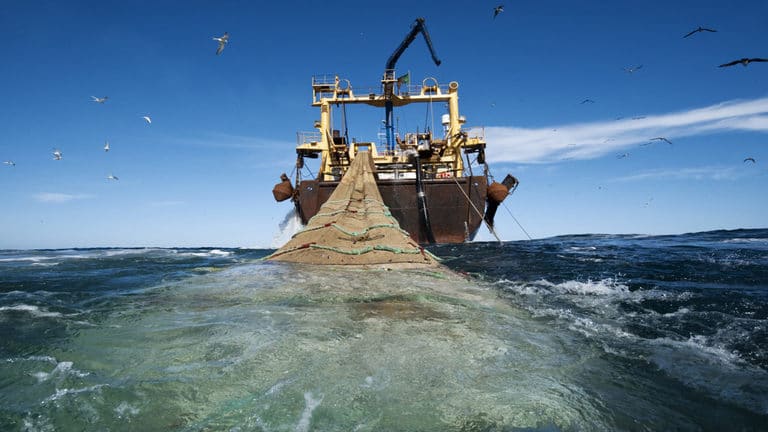
28. Industrial Fishing Near West African Marine Protected Areas and Its Potential Effects on Sharks and Rays
A recent study in Frontiers in Marine Science examining gear type, bycatches, and other elements of industrial fishing near Marine Protected Area (MPA) borders in West Africa found that catches of rays peaked in May and June for Mauritania, and in October for Guinea Bissau. Shark catches were highest in February and July in Mauritanian waters, and in May and October in the waters of Guinea Bissau. The study found that industrial fisheries near the border of ecologically important MPAs may have potentially major implications for ecosystem functioning by the removal of (migratory) predatory species. The densely concentrated fishing activity near the border of such protected areas therefore not only undermines the conservation value of these areas for these megafauna species, but might cascade into reduced functioning of coastal ecosystems and associated local livelihoods.




